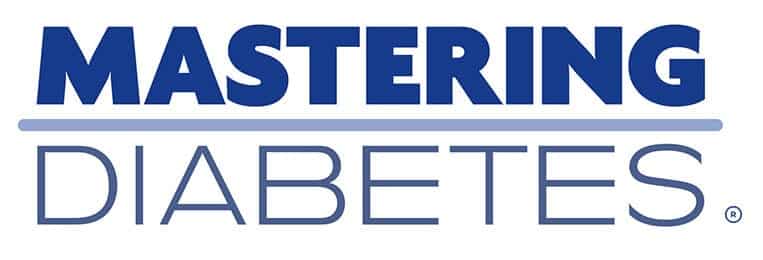Am I the most insulin sensitive person on planet earth? It’s debatable, but I’m certainly one of them! And in this article I’ll teach you how to join the party.
The journey to becoming the most insulin sensitive person who’s ever lived has led me to discover a lot about how to reverse insulin resistance and support your body to thrive with type 1 diabetes. The number one most important indicator of diabetes health is your insulin sensitivity – which means how efficiently and effectively your body uses insulin. In this article, I’m going to teach you about 4 ways to naturally boost your insulin sensitivity.
For reference, I am 2,100% more insulin sensitive than your typical type 1 eating a low-carb diet. I eat approximately 700 grams of carbohydrates per day and use a physiologically normal amount of insulin.
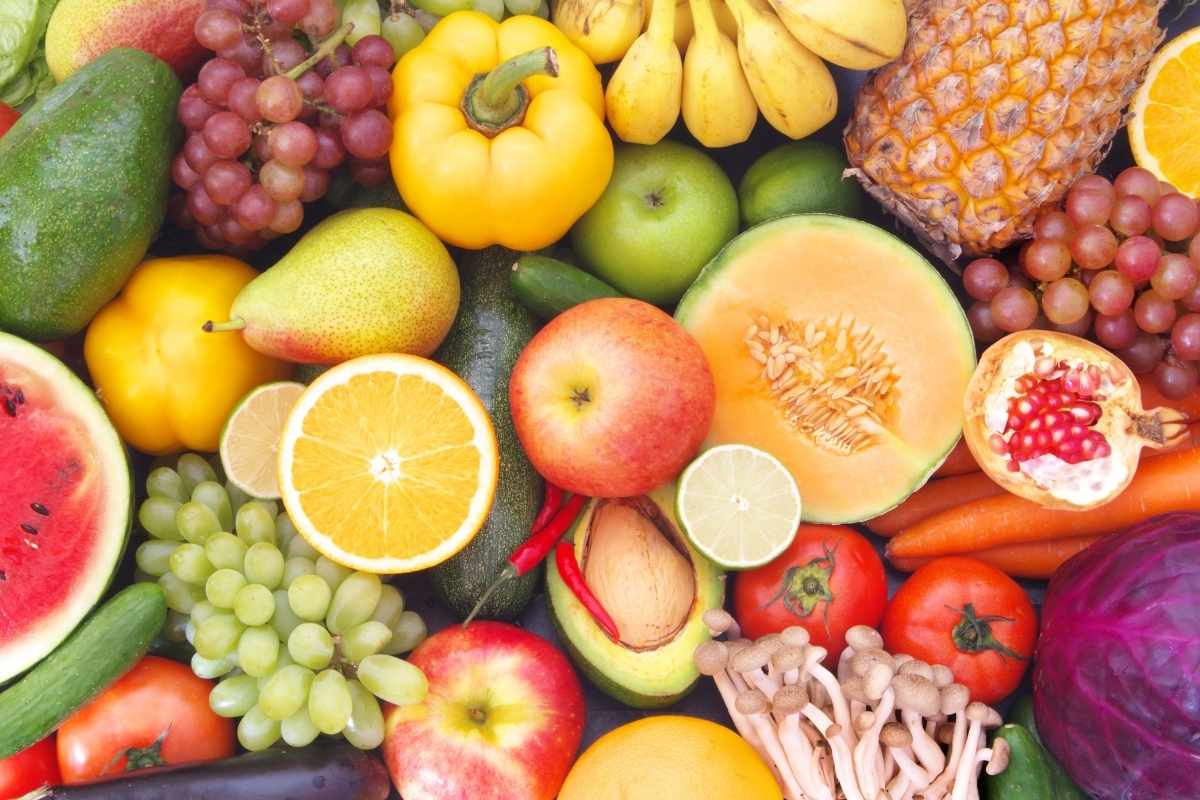
Just so you understand that discrepancy, published research shows that low carb eaters who consume 30 grams of carbs per day, require 30 units of total insulin. On the other hand, I’ll consume over 700 grams of carbohydrates per day and require less total insulin, approximately 27 units. This shows you that my body is very insulin sensitive because it’s using that insulin very efficiently.
If that sounds crazy to you, you’re in the right place. I like being “crazy” because being “normal” is pretty terrible when it comes to diabetes health. Today, I’m going to teach you how I have achieved these results *consistently* for over 18 years, and these are all things that you can do too.
Why I Became an Insulin Sensitivity Nerd
Back when I was in college, I tried eating a low-carbohydrate diet. At first, it felt like it was working. I was eating only 30 grams of carbohydrate per day, and my total insulin use was coming down. I thought, hey, this is working! I must be doing something right!
But I didn’t actually feel that great physically. I felt pretty terrible, actually. I felt tired all the time, I had no energy, and I even blacked out a few times. I knew something was wrong. And in hindsight, I now know that my insulin sensitivity was terrible.
I started seeking out more information about my body, nutrition, and diabetes, and discovered two important things: #1, that the body’s primary and preferred source of energy is carbohydrates, and #2 that taking LESS insulin does NOT mean you are MORE healthy.
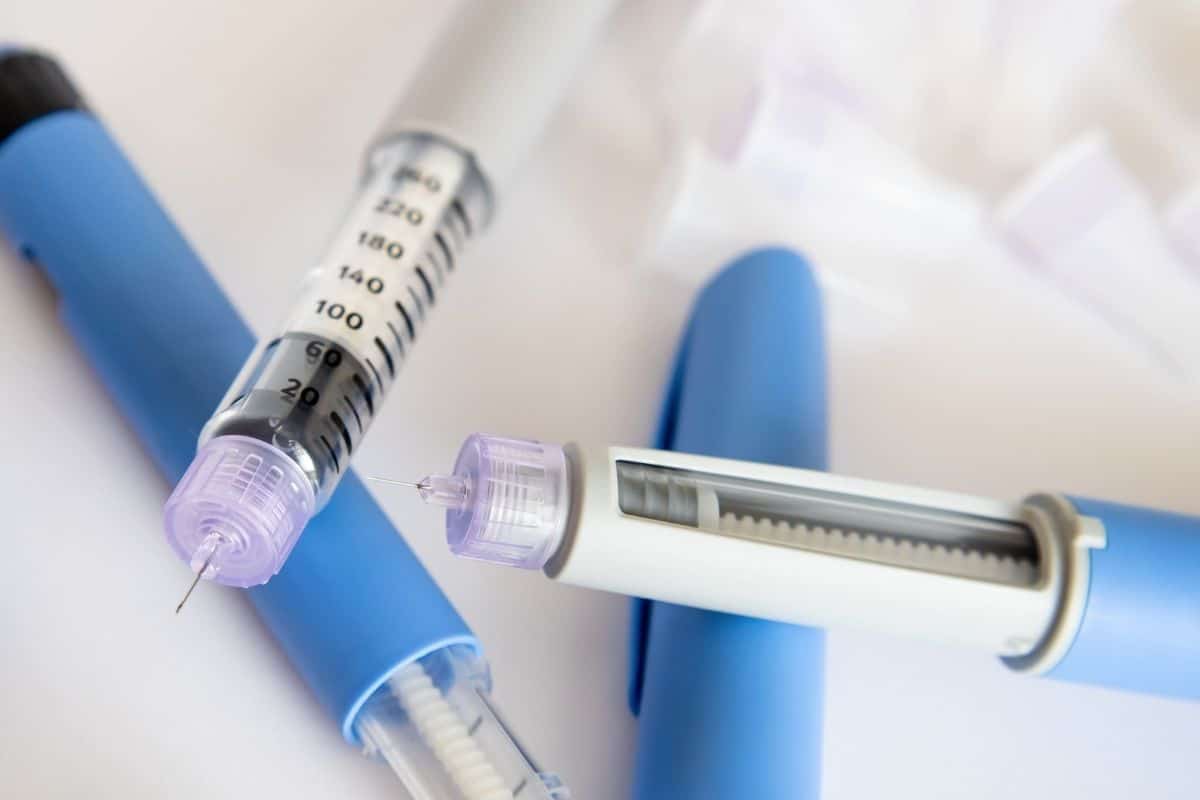
What I realized is that insulin is not like other medications, where you want to take as little as possible. Insulin is a hormone that healthy people’s bodies make for them. So the goal as someone living with type 1 diabetes is not to NOT need any insulin, but rather to need only what a non-diabetic person’s body would need.
(*If you have type 2 diabetes or any other form of diabetes, you can find out how much insulin your body is still producing on its own via a C-peptide test.)
Once I realized this, my goal was no longer to take as little insulin as possible, but instead to help my body to be able to use insulin as effectively as possible – AKA, to be as insulin sensitive as possible.
I started reading, researching, and going through my own trial and error to find the best methods for boosting insulin sensitivity – and have since been able to see firsthand the same experience in thousands of clients that I’ve worked with in our Mastering Diabetes coaching program. Here’s what I’ve found.
Eating Too Much Dietary Fat Creates Insulin Resistance
Number one: Reducing fat intake to under 15% of daily calories. Most people get mixed up and think that they need to reduce their carbohydrate intake to improve their diabetes health, but we’ve found that the best results for improving insulin sensitivity actually come from reducing fat. For our clients, we encourage a low-fat diet consisting of mostly or completely plant-based whole foods – and that’s what I’ve personally been doing for almost 20 years, with great results.
The reason this works is because when you eat too much fat, the excess gets stored in your cells and blocks the insulin from doing its job of transporting glucose into those cells. When you eat a lower fat diet, it enables your body to process carbohydrates more effectively and therefore protects against high blood glucose.
Multiple studies have documented this exact process from the 1960s to today.1-6
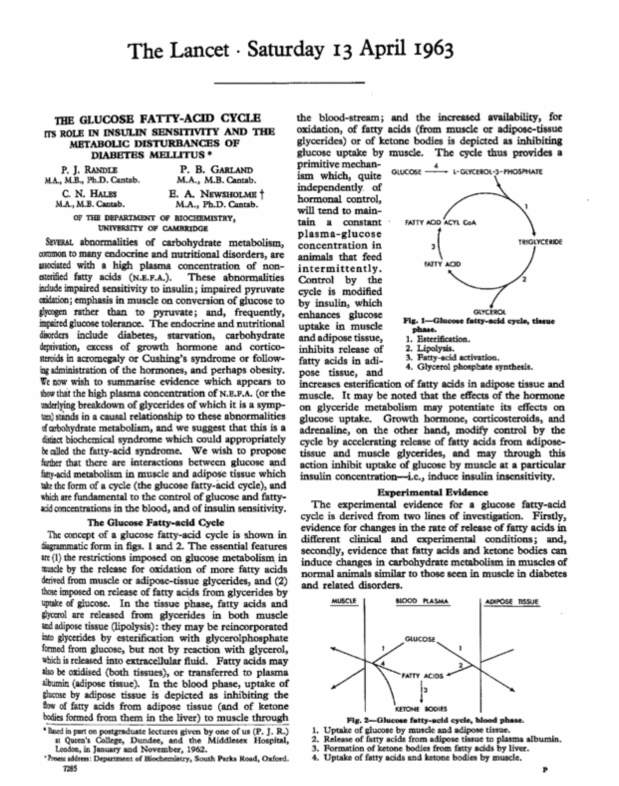
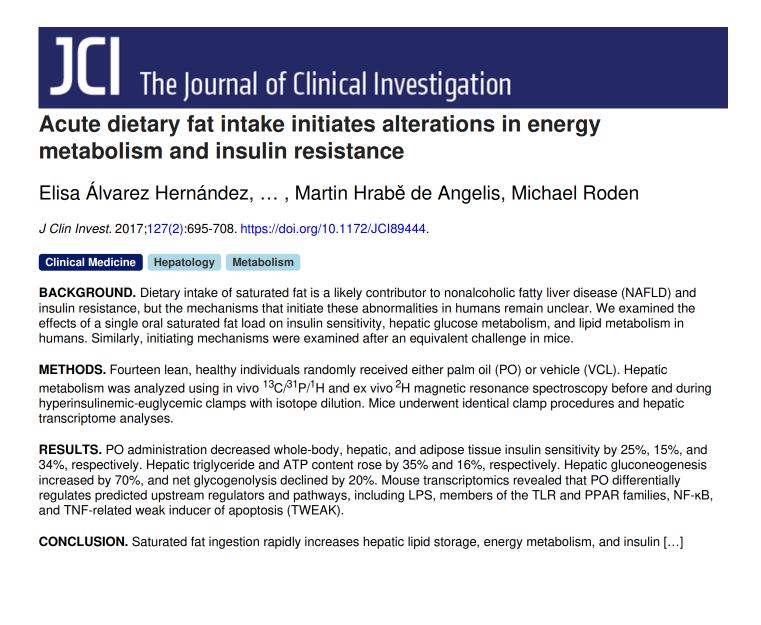
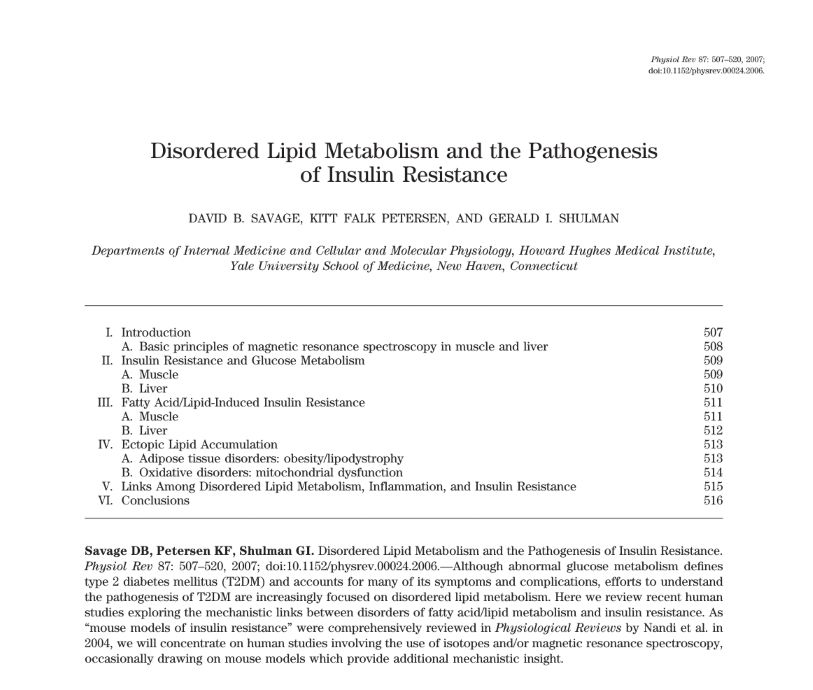

And in 2024, I personally worked with a group of researchers on a randomized clinical trial. The study compared a low-fat plant-based diet to a portion-controlled diet in people with type 1 diabetes. After 12 weeks, the low-fat plant-based group reduced their insulin requirements by 28%, while also improving their insulin sensitivity by 127% – and they didn’t have to limit their carbohydrate intake! Meanwhile, the portion-controlled group saw no significant changes.
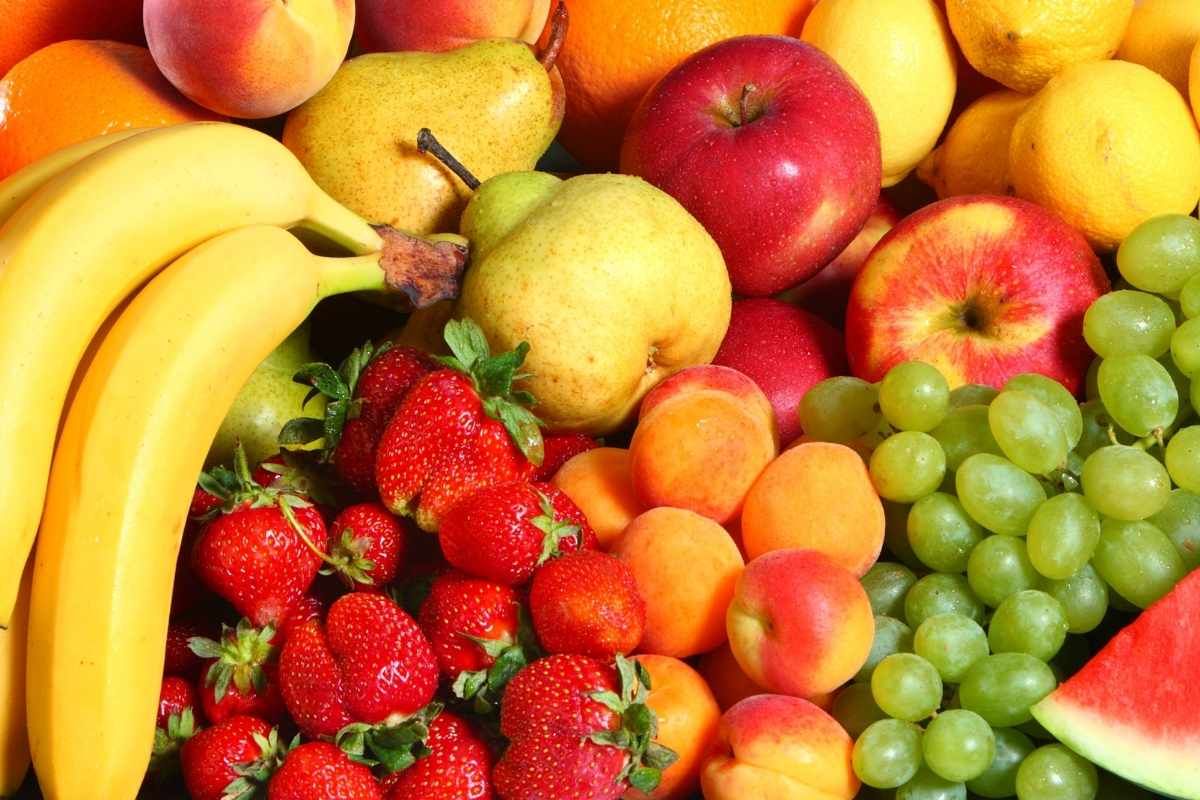
It’s really sad to me that so many people make carbohydrates the bad guy when they aren’t. I’m not saying that processed carbs soaked in fat like donuts are healthy, but low-fat high-carbohydrate whole foods like mangos and potatoes and brown rice are actually ideal for diabetes health and help you to boost your insulin sensitivity.
If being able to eat large amounts of mangos is music to your ears, keep listening because I have three more ways for you to achieve legendary insulin sensitivity.
Get in the Zone (2)
Now you might not love exercise as much as you love mangos, but I still bet that the next tip is going to feel like good news and is something you can easily put into practice.
Tool #2 for boosting insulin sensitivity is exercise. Specifically, zone 2 exercise – the kind where you can feel your body working but you can still hold a conversation while you’re doing it. The great thing about this is that it doesn’t have to be a high-intensity interval workout or something that you don’t enjoy. Almost any way that you have fun moving your body can be zone 2 exercise, whether that is playing pickleball, doing a Zumba dance class, roller blading, or going for a run on the beach with a friend.
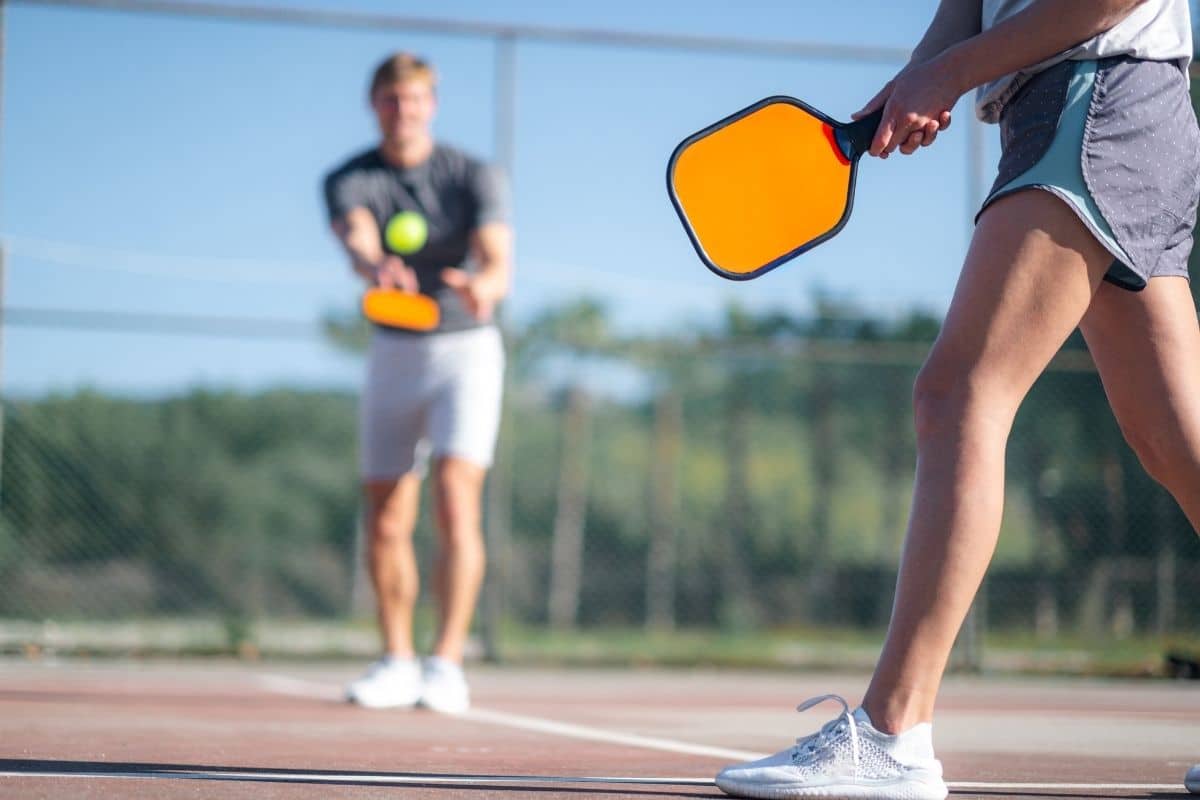
The reason why zone 2 training is so powerful for increasing insulin sensitivity is because it’s the single most effective way to increase glucose transporters for your muscle cells.8 Glucose transporters are like doors into the muscle cell. When you exercise at a zone 2 level, you add more doors for glucose to get into the muscle cells, which lowers your body’s insulin needs.
And zone 2 exercise is a gift that keeps on giving!! Studies have shown that even after you finish exercising, your muscle cells continue to have those extra doors and are more efficient in taking in glucose from the bloodstream… for literally DAYS after the exercise.9,10
It’s worth it to move your body. Find a form of exercise that is fun for you, and ideally that you can do with friends too, so that you do it consistently and enjoy your life at the same time.
Rest is Productive
Funny enough, the exact opposite of exercise is also great for insulin sensitivity.
If you don’t like exercise, maybe sleep is more your thing. And that is perfect because that is also an easy and effective way to boost insulin sensitivity.
Sleep helps your body to regulate glucose metabolism and stay in a healthy overall hormonal balance. This directly affects insulin sensitivity on a nightly basis, and over time it affects other related issues like weight, inflammation, and appetite, creating even more influence on your insulin sensitivity.
Over the past 50 years, the average amount of sleep we get has decreased by 1.5-2 hours, and this by choice.11 It’s easy to think that it’s not a big deal to miss a few hours of sleep, and I definitely used to fall into that category. But studies have shown that restricted sleep such as getting about 5 hours of sleep over the course of one week reduced participants’ insulin sensitivity by an average of 20%.12 And even just a single night of sleep has been shown to reduce insulin sensitivity by 20-25%.13 Since learning more about how much sleep impacts insulin sensitivity, I’ve become much more mindful about making sure I get at least 7 hours each night.
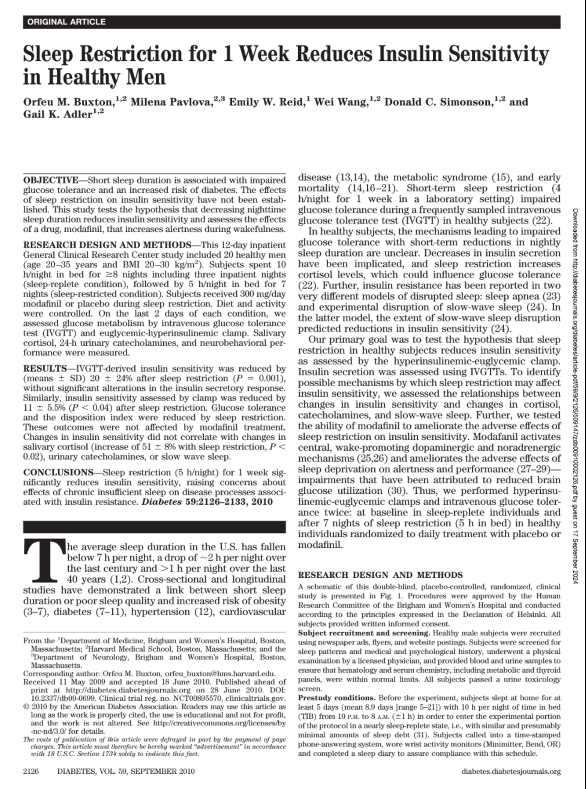
And while all of the typical sleep hygiene tactics you hear about like reducing your exposure to blue light before bed and sleeping with the room at a colder temperature are real, there’s one thing that I don’t often hear brought to the conversation that is highly effective for making sure that you get the nourishing deep sleep you need while you’re sleeping.
Your Digestive System Benefits From Rest, Too
The thing I’m referring to is why I try to finish my last meal of the day by 5pm…
That thing is intermittent fasting. Not only do you get higher quality sleep when you stop eating a few hours before you go to bed, but you also improve your insulin sensitivity at the same time. I love efficiency and productivity so I love it when I can do one thing and get multiple benefits from it.
If you haven’t heard of it before, intermittent fasting refers to an eating pattern that includes periods of fasting in which you do not consume any food for a period of time, such as a 16:8 formula where you fast for 16 hours and eat for 8 hours each day.

Here’s why intermittent fasting works. When you are fasting, your insulin levels naturally drop because you’re not eating anything, so you don’t need any insulin for food. When your cells get that rest period, they end up being more insulin-sensitive once you do begin eating again.
Think of it like noise – if you’re exposed to loud noise all day, you might start tuning it out. Similarly, if your cells are exposed to insulin all the time, they can start “tuning out” insulin’s signal, leading to insulin resistance. The opposite effect happens when things are silent and then you hear a noise – you are much more likely to notice it and have a bigger response, like being startled. And again, the same is true with insulin. Your cells will be more sensitive to insulin when it comes after a rest period.
Fasting can be done in many ways, but some are often unsustainable and can backfire if the fast makes you so hungry and irritable that you overeat on the other side of the fast or reach for high-calorie comfort foods. The 16:8-style fasting that I described earlier has been shown in studies to be effective for improving insulin sensitivity even in the absence of any reduction of overall calorie intake.14-16 So we recommend starting there.
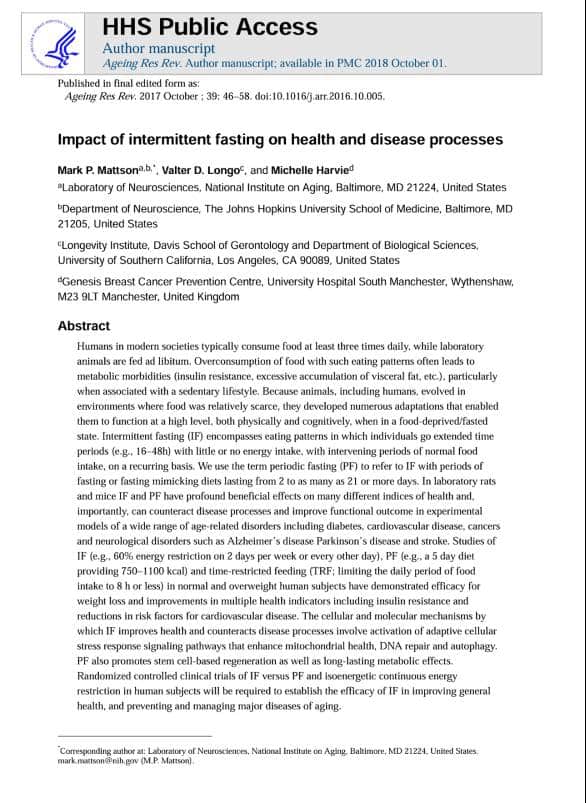
Become a Master of Insulin Sensitivity
To sum up everything I’ve shared here: Insulin is not the enemy. Insulin is a natural hormone that every non-diabetic person’s body makes. The goal is not to use as little insulin as possible, but rather to make your body as insulin-sensitive as possible: AKA to become as efficient as possible at using insulin.
Insulin-resistance is the root issue in complications from diabetes, and that is the actual disease process that leads to other chronic issues and worsening health over time. Insulin sensitivity is the opposite. If you focus on insulin sensitivity, you improve your health and help your body to thrive long-term.
In this article, I taught you about 4 key ways to naturally boost insulin sensitivity that you can implement starting RIGHT NOW.
- Reduce your fat intake to under 15% of your daily calories. This happens easily if you eat a plant-based diet that is centered on whole foods like fruits, starchy vegetables, legumes, intact whole grains, non-starchy vegetables, and greens.
- Zone 2 exercise. Find something you enjoy doing that involves movement. Do it with a friend, and do it often.
- Sleep 7-8 hours each night.
- Keep your daily eating within an 8-hour window, allowing your body to fast for 16 hours in between.
In my experience, changing my diet was the #1 most effective and powerful thing I’ve done to boost my insulin sensitivity, and so many other positive benefits came from that single change too.
Give these a try and let us know how it goes!
Lower Your A1c and Get to Your Ideal Body Weight ... Guaranteed
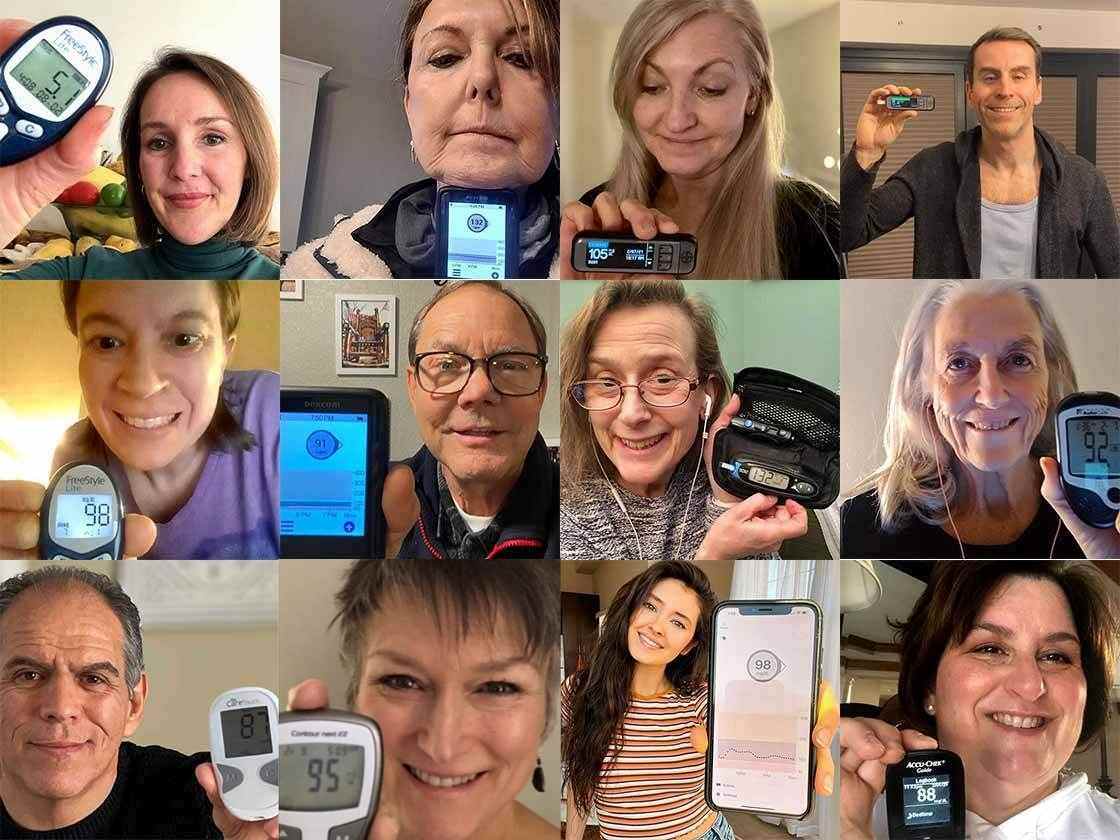
Your results are guaranteed. Join more than 10,000 ecstatic members today
Personalized coaching puts you in immediate control of your diabetes health, helps you gain energy, improves your quality of life, and reduces or eliminates your meds.

